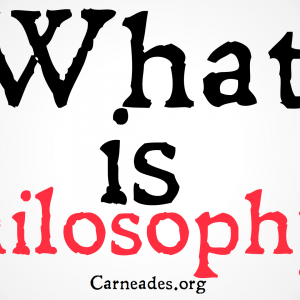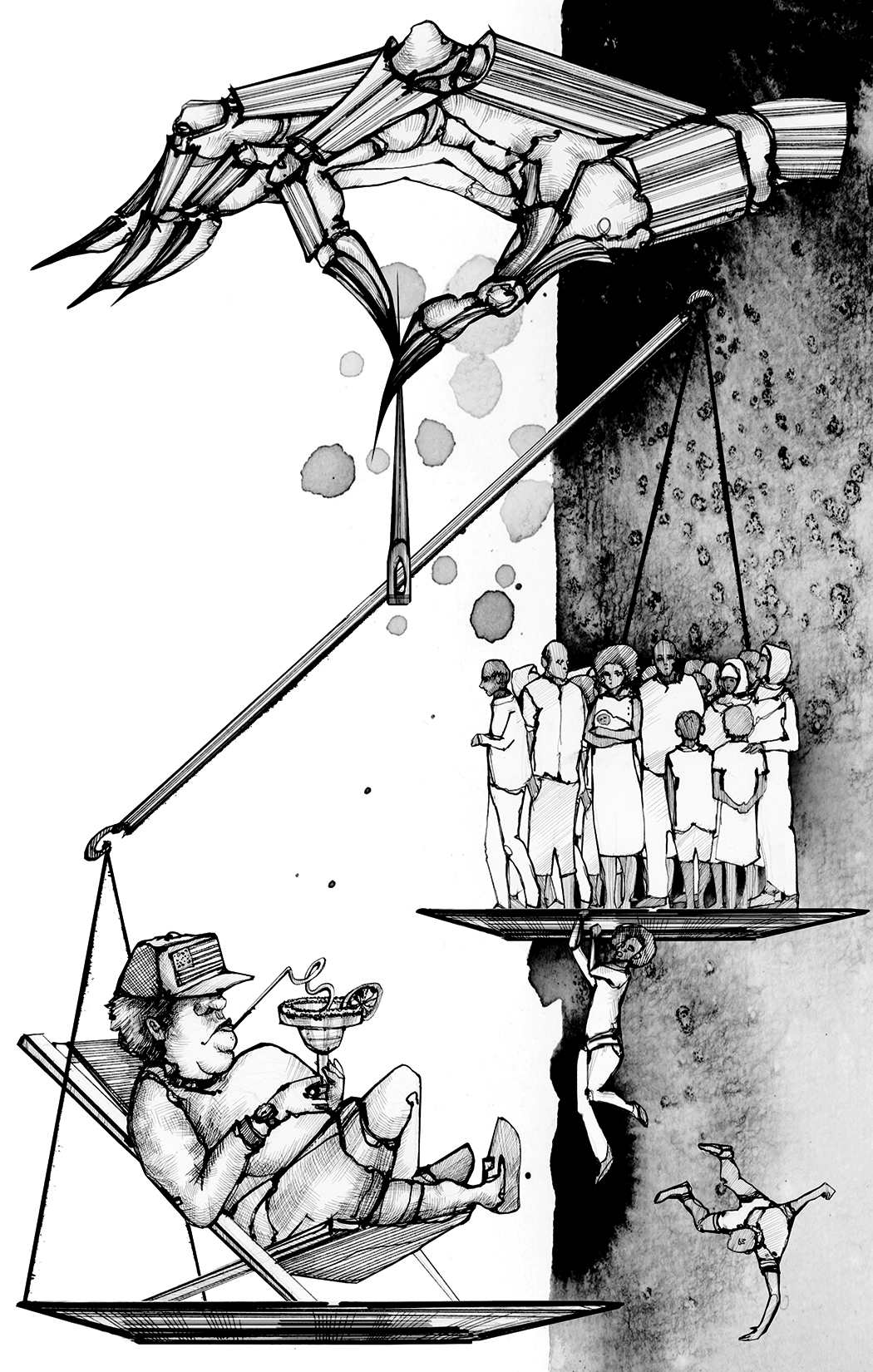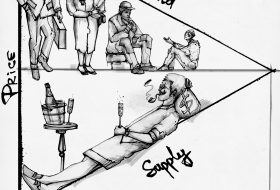Have you ever wondered how much your life is worth? Economists have. The good news is that, if you are an American, your life is very valuable, with the EPA setting the value of your life at around $7,400,000, though other estimates (such as the estimate used in the visualization below) place it higher, at closer to $9,600,000. However, if you live somewhere else, your life is likely worth less, often much less. If you live in China, your life is worth a seventh of an American’s at only $1,364,000. If you are Nigerian, your life is worth even less, at only $485,000, a twentieth of the value of the life of an American. Lives in India are cheaper still at only $275,000, though these are still more valuable than the lives of the people of Burundi, valued only at $45,000, less than a new Tesla. Why are some lives worth so much than others?
Why are we even valuing lives in the first place? How can we make this system more fair? This blog will give you a quick primer on all these questions, but for an in-depth investigation, check out our new book Are All Lives Equal? Why Cost-Benefit Analysis Values Rich Lives More and How Philosophy Can Fix It. Use the visualization below to see how much the lives of people in other countries are worth (values from Viscusi & Masterman, 2017).
What Does It Mean To Value A Life?
At first glance, you might think valuing a life means figuring out how much one specific life is worth: what you would need to pay to be allowed to kill someone or what you would be willing to pay to avoid certain death, but it is neither. The value of a statistical life, or VSL, is a measure of “mortality risk reduction” or the benefit you get from a decreased chance of dying. Valuing lives is never about certain death for a specific person, but rather about general risk reduction in a population. If you completely eliminate a 1 in 1,000,000 risk of death for a population of 1,000,000 people, you have saved one statistical life. This is not because you know the specific person whose life you have saved, but rather because on average, such a policy will save the life of one person.
Confusion often arises because statistical lives are aggregated to a single life, but in reality the product that is being measured here is a reduction in risk. What would you pay to eliminate a 1 in 1,000 chance of death? This is not a question of what would you bribe the grim reaper to avoid certain death, as most people would pay absolutely anything, but rather a question of what you would pay to avoid a chance of death. What would you be willing to pay to get a car with airbags instead of one without? How much of a pay cut would you be willing to take to move to a job with a lower risk of death? While people might be willing to pay anything to eliminate certain death, it does seem that people are willing to pay different amounts for safer cars or safer jobs.
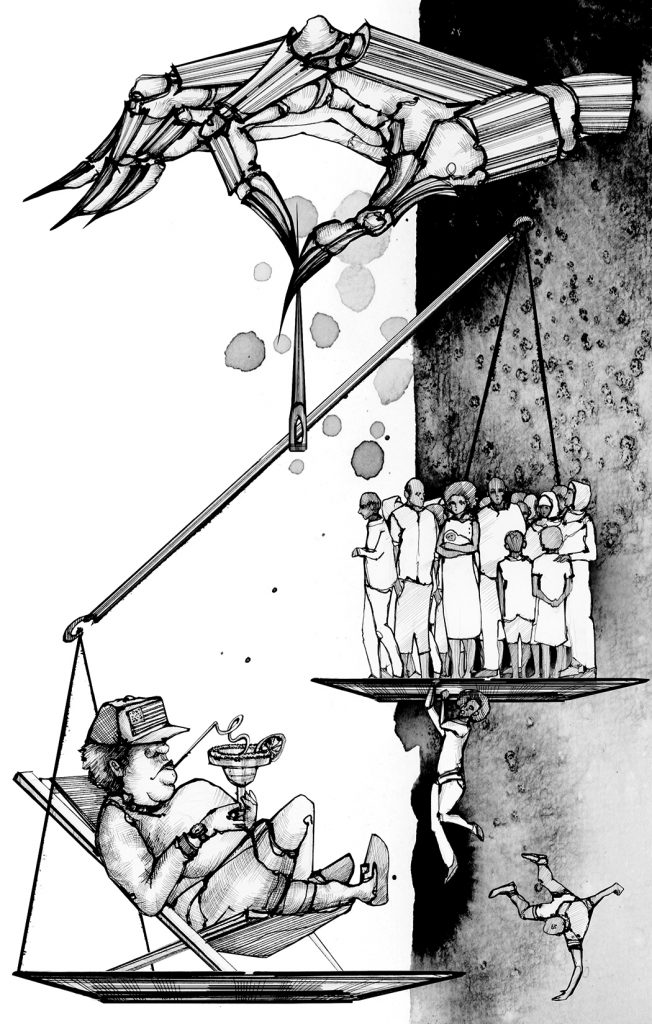
Why Are We Valuing Lives?
What is the point of converting a life into a dollar value? Doesn’t it seem immoral on its face to put a value on a life? As tempting as it may be to think economists are cold and callous, the valuation of life is actually about making sure we properly value government interventions that save lives. When considering whether to enact policies, governments often conduct cost-benefit analyses (also called benefit-cost analysis, CBA, or BCA) to determine if the benefits of the policies are worth the costs to the public. You might think of a CBA as an operationalization of a consequentialist assessment of the morality of an action. It counts up the benefits, subtracts the costs and assesses which policies create the most benefit in the world.
We need to place a value on lives because dollars are the units that are used to add and subtract these costs and benefits. If we don’t place a value on lives that are saved, we would fail to count any lives that are saved in our assessment, or lives that are cost by policies that raise risk. In other words, if we don’t place a value on mortality risk reduction, we essentially consider its value to be zero. Economists are not valuing lives because they want to dismiss the importance of saving lives by reducing them to a number, but rather because they do value lives highly and want to ensure that policies which save lives can be enacted.
Why Are The Values So Different? How Can Philosophy Fix It?
A range of sources have documented different valuations of statistical lives in different countries, from the UN Intergovernmental Panel on Climate Change, to the US government, from the Gates Foundation to the World Bank. If these valuations of lives are used to decide which policies to enact, how can these organizations justify valuing some lives more than others? How can they explain that a policy that saves the lives of a few Americans would be considered more beneficial in a CBA than a policy that saves the lives of hundreds of Malawians? How can a policy that explicitly values lives of people in poor countries less than the lives of people in rich countries be ethically justified?
The answers to these questions are more complicated than this blog post has space to explain. However they are the subject of our new book, Are All Lives Equal? Why Cost-Benefit Analysis Values Rich Lives More and How Philosophy Can Fix It. In the book we explore this immoral conclusion, how economists have arrived at it, and several ways that philosophy can resolve it, with a simple change in economic methodology. The book walks the line between acknowledging the utility of this economic tool while appreciating the substantial moral challenges that it poses. As someone with both a background in philosophy and years of experience working in international development policy I bring a unique perspective that can connect both disciplines. Unlike many philosophical treatises on economics, this book does not advocate blindly discarding the useful tools of Cost-Benefit Analysis and the Value of a Statistical Life. Instead, it strives to thread the needle between economics and philosophy, advocating for reforming the way governments measure benefit by making the system both more accurate and more just.
With over 40 new, original, thought experiments, this book is engaging and accessible to everyone, from economists that know nothing of philosophy, to philosophers that know nothing of economics, to all of us skeptics in between that know nothing of either.
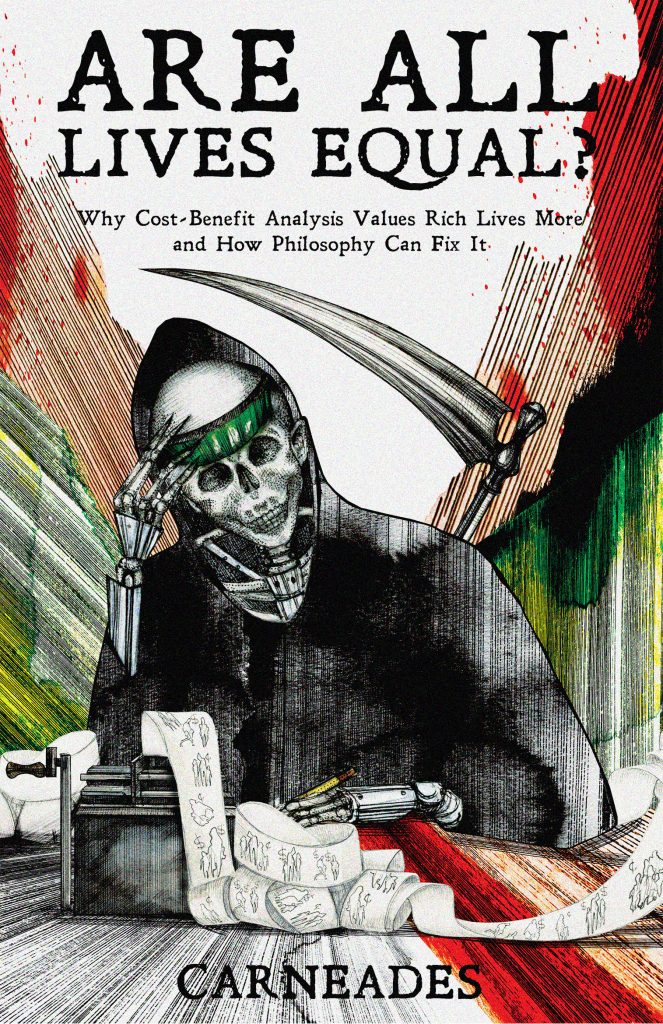
References and Credits
Illustrations above created by Juliana Žamoit.
Ackerman, F. & Heinzerling, L. (2004). Priceless. On Knowing the Price of Everything and the Value of Nothing. The New Press, New York, New York.
EPA (2018) Mortality Risk Valuation. United States Environmental Protection Agency. Retrieved 22 March 2019 from https://www.epa.gov/environmental-economics/mortality-risk-valuation.
Millennium Challenge Corporation (2021). Cost Benefit Analysis Guidelines. Millennium Challenge Corporation. https://www.mcc.gov/resources/doc/cost-benefit-analysis-guidelines#annex-1-value-of-a-statistical-life, https://www.mcc.gov/resources/doc-pdf/cost-benefit-analysis-guidelines.
Viscusi, W. K., and Masterman, C. J. (2017). Income Elasticities and Global Values of a Statistical Life. Journal of Benefit Cost Analysis, 8(2):226–250.

